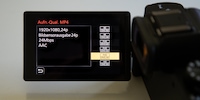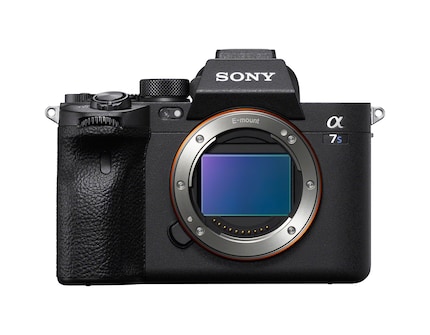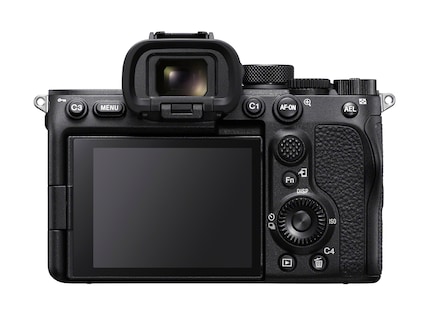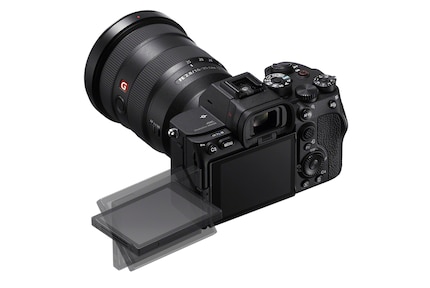
Guide
What 4K crops, muddy videos and overheating have in common
by David Lee

No 8K, but 4K with 120 frames per second. The Sony A7S III relies on a low-resolution sensor for professional video production.
We have had to wait a long, long time for the successor to the Sony A7S II, which was released in 2015. I no longer believed that anything would come of it. But at the end of June, Vice President Kenji Tanaka announced the imminent release of the A7S III in an interview.

Background: There are the Sony A7, A7R and A7S model series. The generation is marked by a Roman numeral. In the R series, we have now reached the Sony A7R IV. The R series is characterised by its high resolution and is aimed at landscape and architectural photographers. The S series is primarily designed for video. The series without additional letters are all-rounder cameras.
My first question was: Will the Sony A7S III also be capable of 8K video and thus equalise with the Canon EOS R5? Now it's clear: No, it won't. It can "only" do 4K. But it does it really well. And that should be much more important for normal everyday use than 8K.

8K is not possible with the Sony A7S III simply because the sensor still only has 12 megapixels. The sensor is nevertheless a new development. When converting the total resolution to the desired video size, smaller sensors have an advantage - there are simply fewer large amounts of data to process.
This could be one reason why the A7S III achieves higher frame rates than previously seen in 4K. The new video beast from Sony achieves an incredible 120 fps. And that with a colour sampling of 4:2:2 and a colour depth of 10 bits. The H.265 codec is used for this. As this camera is aimed at professional video producers, I am assuming that the 120 fps is achieved through oversampling and not line skipping.
RAW output is possible via HDMI. These videos have a resolution of 4264×2408 and 16-bit colour depth.
The 1.4 megapixel monitor can be folded out by 180 degrees and is fully rotatable, as befits a camera with a video focus. This was not the case with the predecessor.

Much more remarkable is the viewfinder with 9.44 million pixels - that's much more than in any other camera. This means that a 4K image can be reproduced one-to-one in the viewfinder. The viewfinder also has the appropriate refresh rate of 120 fps. Doesn't that require a lot of power? Apparently not: despite the high resolution, the viewfinder can be in continuous operation for 80 minutes on a single battery (with monitor: 95 minutes).
Isn't the viewfinder more of a photo feature than a video feature? I could imagine sports photographers being able to provide their customers with 4K video with this camera as well. In this case, a viewfinder is certainly useful. Of course, you can also take photos with the camera. In continuous shooting mode, it can take 10 pictures per second for a practically unlimited time (over 1000 pictures). The 15 f-stop dynamic range that Sony claims to have achieved in this camera is of course just as welcome in photography. Incidentally, the bit depth for photos remains at 14 bits.
The autofocus is also certainly suitable for sports. Sony has further developed the hybrid phase and contrast detection autofocus. The phase autofocus comprises 759 points, the contrast AF 425 points. Real-time eye detection is also said to have been improved.
The camera is expected to be available from September 2020. We will have tested it by then.
My interest in IT and writing landed me in tech journalism early on (2000). I want to know how we can use technology without being used. Outside of the office, I’m a keen musician who makes up for lacking talent with excessive enthusiasm.
From the latest iPhone to the return of 80s fashion. The editorial team will help you make sense of it all.
Show all